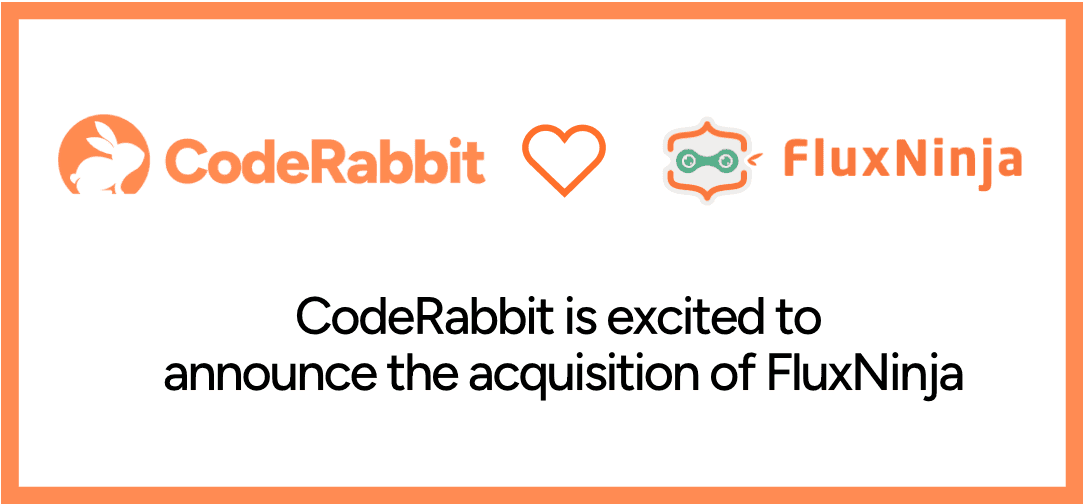
FluxNinja joins CodeRabbit
by 

Aravind Putrevu
Product
English
March 16, 2024
5 min read
March 16, 2024
5 min read

Cut code review time & bugs by 50%
Most installed AI app on GitHub and GitLab
Free 14-day trial

Aravind Putrevu
March 16, 2024
5 min read
March 16, 2024
5 min read

Cut code review time & bugs by 50%
Most installed AI app on GitHub and GitLab
Free 14-day trial